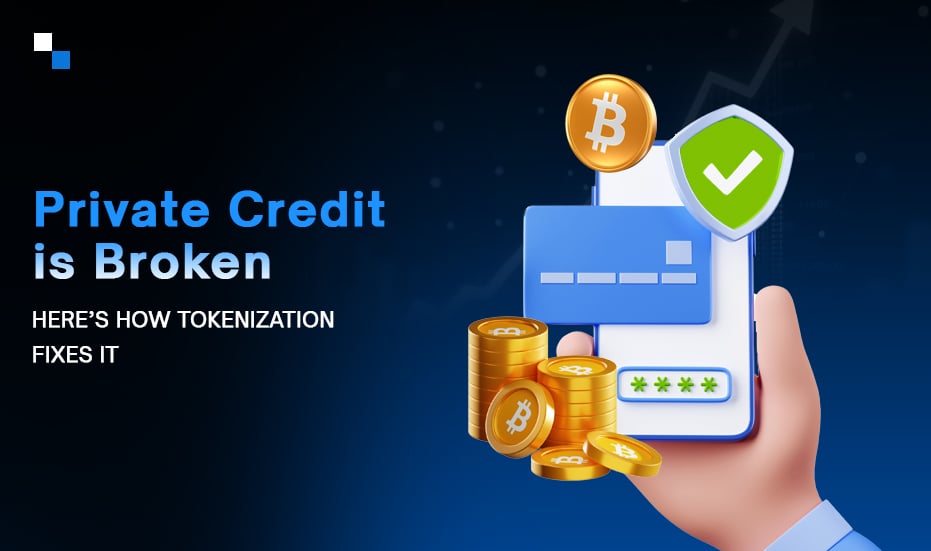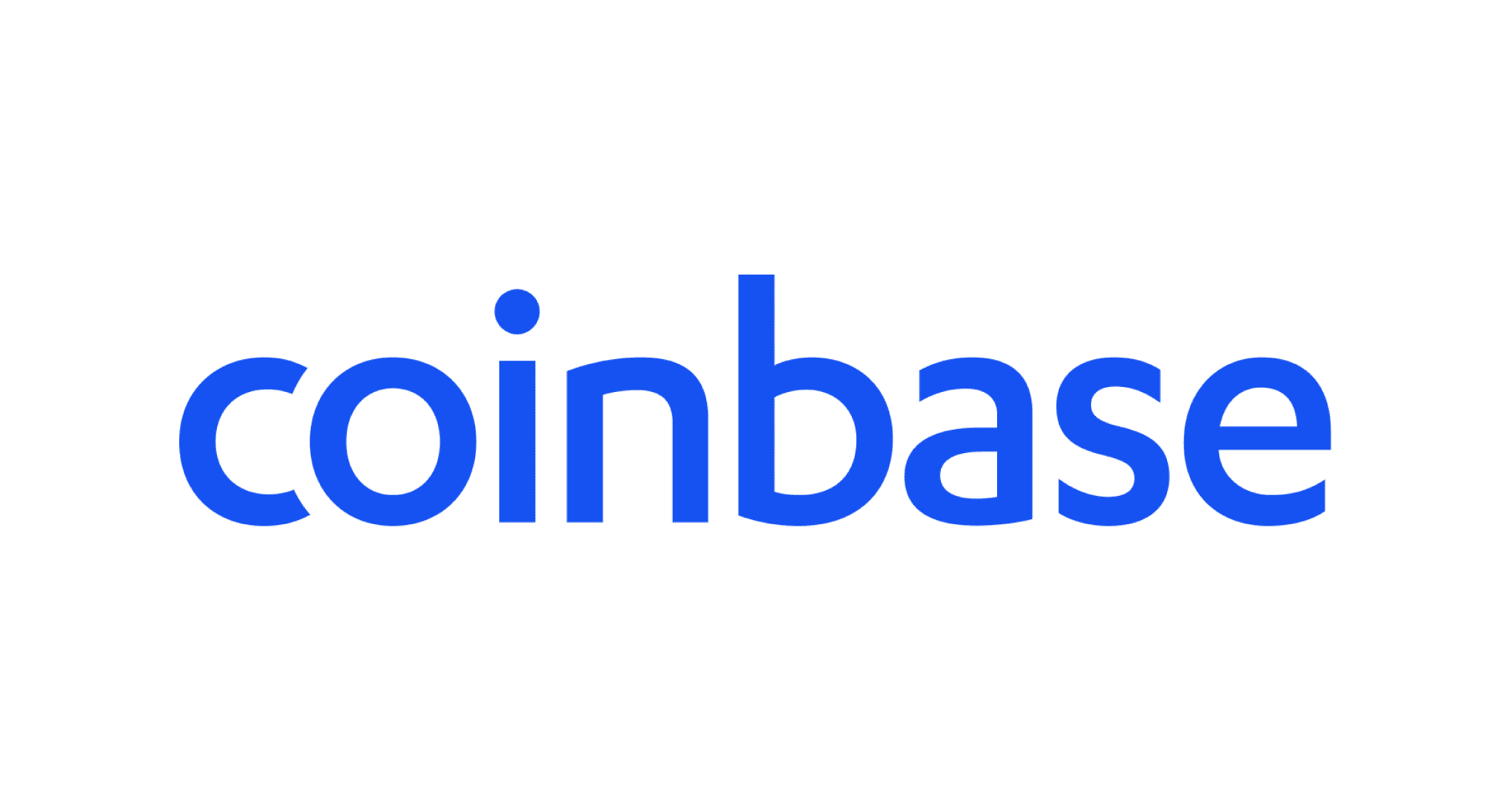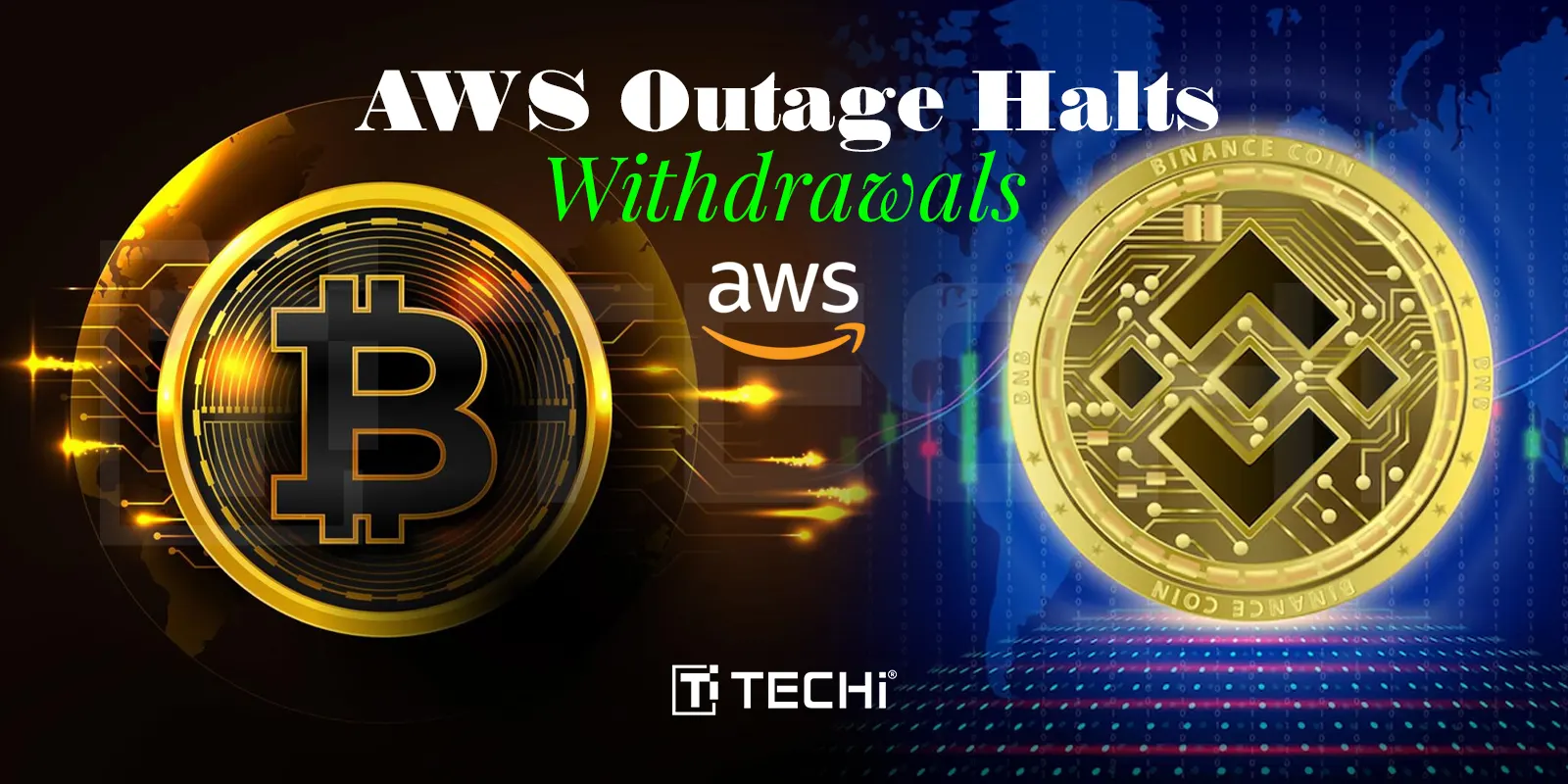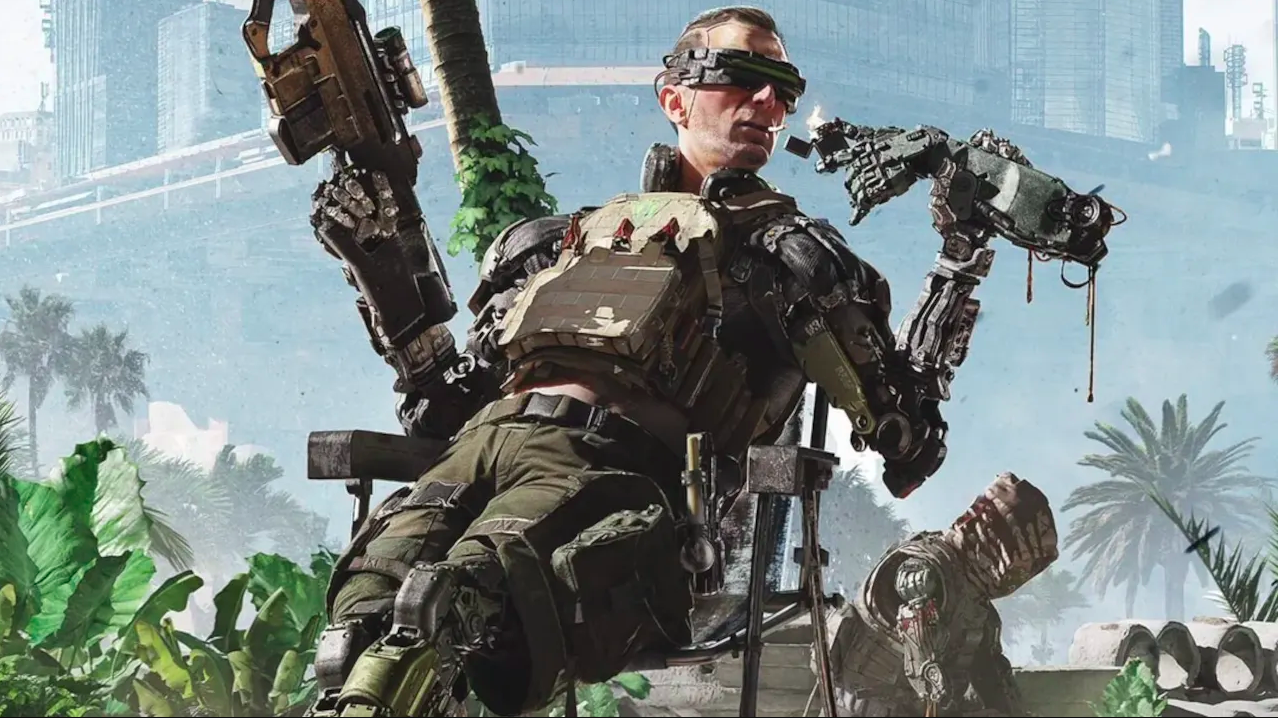As the gaming industry continues to evolve, Web3 gaming is emerging as a powerful force, offering players real ownership, decentralized economies, and blockchain-backed security. Unlike traditional games where assets are controlled by centralized companies, Web3 games give control back to the players, enabling them to earn, trade, and influence how games evolve.
What Makes Web3 Gaming Different?
Traditional gaming platforms operate on centralized servers where users can purchase or earn in-game assets, but ultimately don’t own them. These assets can be lost if the game shuts down or the user is banned. In contrast, Web3 games use blockchain technology to tokenize in-game assets as NFTs (Non-Fungible Tokens), offering true digital ownership.
Players can trade these NFTs freely on decentralized marketplaces or even transfer them across compatible games, thanks to interoperability enabled by platforms like Solana and Polkadot.
Key Features That Define Web3 Games
- True Ownership: Items such as weapons, land, and characters are tokenized on the blockchain, allowing players to own and control their digital assets.
- Play-to-Earn (P2E): Gamers are rewarded with cryptocurrencies or NFTs for completing tasks, battles, or quests, turning gaming into a potential income stream.
- Decentralization: Game control is shifted to communities via Gaming DAOs (Decentralized Autonomous Organizations), where players vote on game updates and economy decisions.
- Interoperability: Assets can move across different games, creating a connected digital universe.
- Transparency & Security: All transactions and changes are governed by smart contracts on a secure, tamper-proof blockchain ledger.
The Technology Powering Web3 Games
The Web3 gaming stack includes smart contracts, crypto wallets, and blockchain nodes. Players interact through decentralized apps (dApps) and XR hardware for immersive metaverse experiences. Smart contracts automate transactions, while digital wallets store players’ assets and identities.
Gaming DAOs play a vital role by managing game economies, offering funding through incubators, and enabling player-run guilds that share profits from collective gaming activities.
The Road Ahead: Web3’s Role in Gaming’s Future
Web3 gaming is still in its early stages, facing challenges like complex onboarding, regulatory uncertainty, and the need for fun, engaging gameplay. Yet its promise is undeniable. Players now have a say in how games are made, can earn while playing, and truly own their progress and achievements.
With continued development and mainstream adoption, Web3 games could redefine digital entertainment, blending community, creativity, and commerce in unprecedented ways.
Final Thought:
Web3 gaming isn’t just a trend—it’s a fundamental shift in how we interact with games. As blockchain, metaverse, and NFT technologies mature, the boundaries between players and developers will continue to blur, leading to a more open, rewarding, and player-driven gaming landscape.



